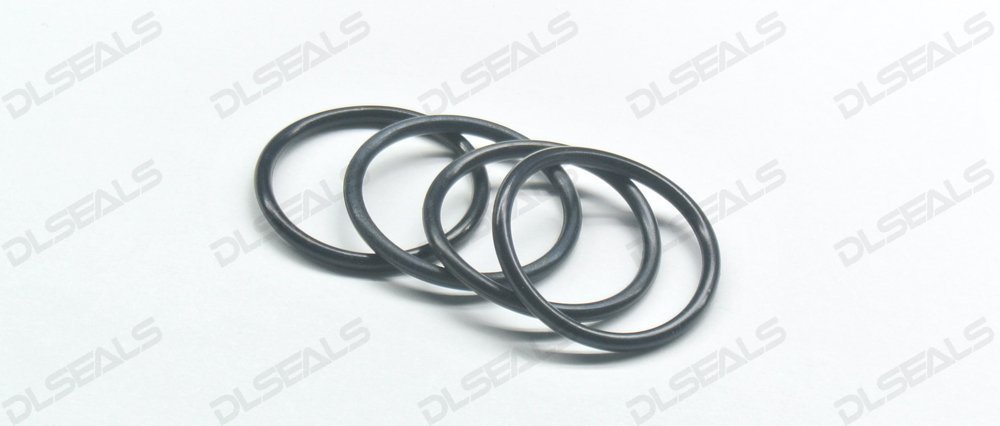Rubber seals play a crucial role in various industries, ensuring effective sealing and preventing leaks in mechanical systems. However, selecting the right rubber seal for your application requires careful consideration of several factors. Here are some key factors to keep in mind when choosing a rubber seal:
Material Compatibility:
The compatibility of the rubber seal material with the fluid or substance it will be in contact with is paramount. Different rubber materials have varying levels of resistance to chemicals, oils, and temperatures. Ensure that the chosen rubber seal can withstand the environment it will be exposed to without deteriorating or degrading over time.
Temperature and Pressure Requirements:
Consider the temperature and pressure conditions the rubber seal will be subjected to during operation. Some rubber materials perform better at high temperatures, while others excel in low-temperature applications. Similarly, the seal should be capable of handling the pressure levels within the system without experiencing deformation or failure.
Application Type:
Identify the specific application requirements, such as static or dynamic sealing, reciprocating or rotary motion, and whether the seal will be exposed to abrasive conditions. Different rubber seal designs are optimized for various applications, so choose one that aligns with the intended use to ensure optimal performance and longevity.
Size and Dimensions:
Accurately determine the size and dimensions of the sealing area to ensure a proper fit for the rubber seal. An improperly sized seal may lead to leakage or inefficiency, compromising the overall performance of the system. Consider factors such as inner and outer diameter, cross-sectional shape, and groove dimensions when selecting the seal size.
Durability and Longevity:
Assess the expected lifespan and durability requirements of the rubber seal based on the application’s demands. Choose a high-quality rubber material known for its durability and resistance to wear, tear, and environmental factors. Investing in a long-lasting seal can help minimize maintenance costs and downtime in the long run.
Cost-effectiveness:
While prioritizing performance and reliability, consider the overall cost-effectiveness of the rubber seal. Evaluate factors such as initial purchase cost, maintenance requirements, and potential downtime costs associated with seal failure. Opting for a high-quality seal that offers reliable performance and longevity may result in greater cost savings over time.
In conclusion, selecting the right rubber seal involves evaluating various factors, including material compatibility, temperature and pressure requirements, application type, size and dimensions, durability, and cost-effectiveness. By carefully considering these factors, you can choose a rubber seal that meets your specific needs and ensures optimal performance and reliability in your application.
Post time: Apr-15-2024

